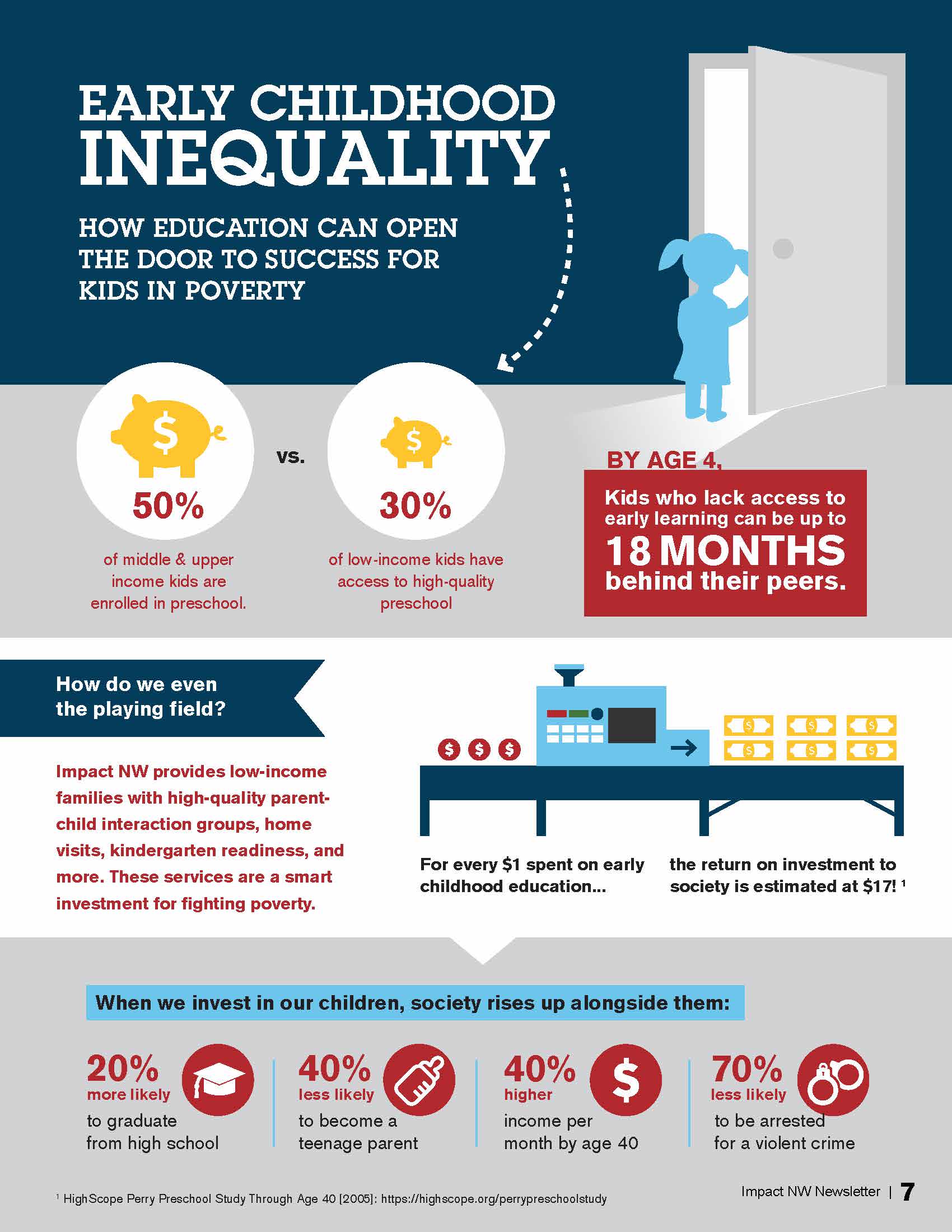For my third entry for my Diary of Systemic Injustices, I am going to talk about a social injustice regarding race. This specific incident is the one that really opened my eyes to racism. I remember watching the trial, feeling sick to my stomach at just 13 years old. I feel like this was a tremendous turning point in our country, and people began to really realize the inequality that was at hand. The case I am talking about is the shooting death of 17 year old Trayvon Martin.
(Picture of Trayvon Martin that went viral and was used to bring awareness to his death)
Trayvon Martin was fatally shot while walking home from the corner store by a man named George Zimmerman. Zimmerman was known around his community for trying to patrol like a neighborhood watch would, even though authority officials had told him plenty of times that he had no right to do so and that he needed to stop. According to police reports, every incident he ever called to report involved a black person. The night of the shooting, Zimmerman called the police to report somebody “suspicious” walking through his neighborhood. Seconds after the call, neighbors report hearing gunshots. Zimmerman claimed he thought Trayvon was armed and dangerous; he was a black male with his hood up, and had something in his hand that “resembled a weapon” to Zimmerman. This “weapon” was actually a bag of Skittles and an Arizona Iced Tea.
(Photos of Trayvon’s actual purchases being used in court)
Zimmerman was initially charged with second degree murder, but was acquitted of all charges when he claimed self defense in court. This trial was viewed by millions, and the outcome caused an uproar all over the country. How can a grown man fatally shoot a 17 year old kid and get away with it? The sad reality is that this case was heavily influenced by Trayvon’s race. If he were to be a white kid walking down the street, Zimmerman would have most likely not even called the police or confronted him. Since the trial, Zimmerman has been reported to have made multiple jokes surrounding the incident, showing basically no remorse for ending the life of a 17 year old. He even auctioned off the gun he used to shoot Trayvon Martin. This was described as “a victory lap on a dead boy’s grave,”.
https://www.theguardian.com/us-news/2016/may/18/george-zimmerman-sells-gun-trayvon-martin
Something I can relate this back to from our class is the idea of a single story. It is pretty clear that George Zimmerman profiled Trayvon Martin because of his race. Because Trayvon was black, Zimmerman automatically assumed he was partaking in suspicious behavior when he was doing a completely normal task. In court, it has been said that Zimmerman’s lawyers tried to portray Trayvon as a “thug”, bringing up past school suspensions and use of marijuana, as if that somehow justifies his murder. Why are black people seen as more dangerous or threatening when doing things that every other race does? Because for racists in America, that is what they want black peoples “single story” to be. They’re nothing but trouble. Dangerous. Thugs. This is how many people in America truly think; which is terrifying. What is even more terrifying is seeing how embedded it is in our criminal justice system. Systemic racism is so embedded into every aspect of our society that it led to the court system failing this poor 17 year old kid. Zimmerman’s team wanted people to believe that Zimmerman genuinely feared for his life because of what a “bad kid” Trayvon was. And ultimately, the court believed him.
Work cited:
https://www.cnn.com/2012/04/23/justice/florida-zimmerman-timeline/index.html
https://www.theguardian.com/commentisfree/2013/jun/11/george-zimmerman-trial-scary-black-man
https://www.cnn.com/2013/07/14/us/zimmerman-why-this-verdict/index.html








